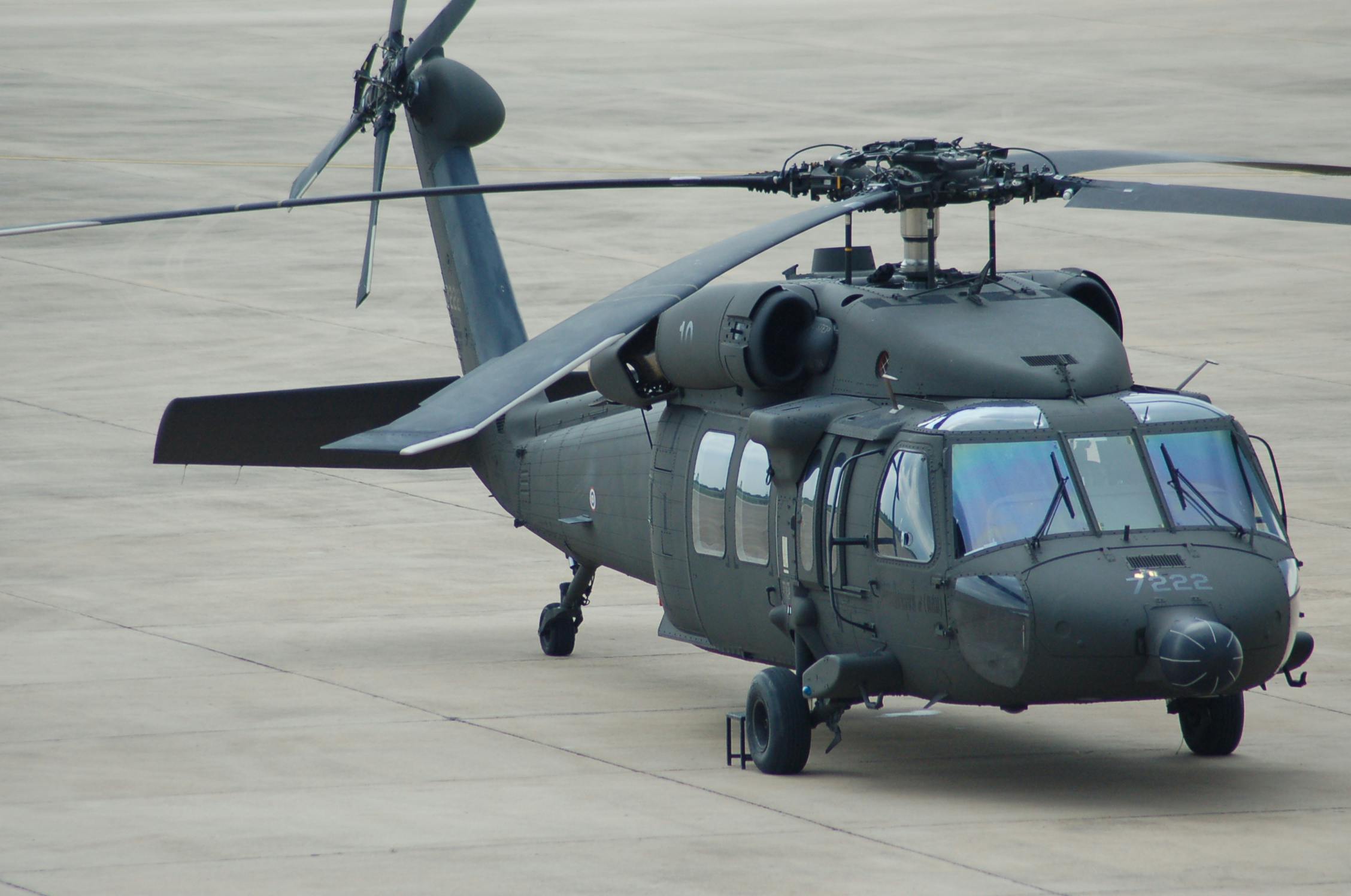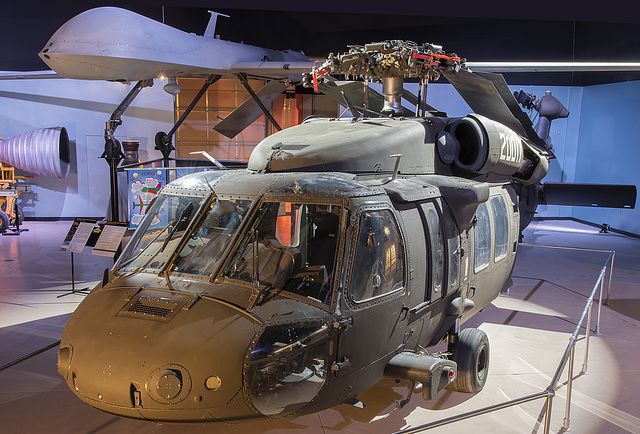The UH 60: Exploring Its Role in Modern Military Operations and Versatility
The UH 60: Exploring Its Role in Modern Military Operations and Versatility
Blog Article
Exploring the Background and Advancement of the UH 60 Helicopter

Origins of the UH-60
The origins of the UH-60 helicopter can be mapped back to the late 1960s, a period marked by the need for a flexible energy airplane that could adjust to the evolving needs of modern-day warfare. The united state Army acknowledged the need for a replacement for the older UH-1 Iroquois, which was coming to be progressively poor for the complexities of modern combat circumstances. In 1967, the Army launched the Utility Tactical Transportation Airplane System (UTTAS) program, which sought to develop a multi-role helicopter with the ability of various goals, consisting of troop transportation, clinical discharge, and logistical assistance.
The layout competition drew in several aerospace makers, but it was Sikorsky Airplane Corporation that inevitably safeguarded the agreement in 1972. The UH-60 Black Hawk was presented, showcasing cutting-edge layout aspects and advanced modern technology that established it aside from its precursors. Its first flight took place in 1974, and the airplane was formally embraced by the Army in 1979. The UH-60 quickly obtained acknowledgment for its robust efficiency, dependability, and adaptability, leading the way for its substantial use in military procedures and solidifying its standing as a foundation of U.S. Military aviation.
Secret Design Functions
Cutting-edge design functions of the UH-60 Black Hawk considerably add to its functional effectiveness. One of one of the most noteworthy facets is its twin-engine configuration, which boosts reliability and supplies a greater power-to-weight proportion, enabling the helicopter to do under different problems. The aircraft's four-blade primary blades system supplies improved lift and maneuverability, essential for tactical objectives.

Furthermore, the cockpit is designed for ideal exposure and ergonomics, including innovative avionics that streamline pilot operations. The modular style of the UH-60 permits easy upkeep and adaptability, making it suitable for different mission accounts, from army transportation to medevac procedures. These essential layout functions make sure that the UH-60 Black Hawk continues to be a reliable and functional possession in army aviation, capable of fulfilling the demands of modern-day war.
Technological Innovations
Recent technical advancements in the UH-60 Black Hawk have dramatically enhanced its operational capacities and flexibility. The combination of innovative avionics, such as electronic flight control systems and improved situational recognition displays, allows pilots to operate with boosted precision and efficiency. These systems help with enhanced navigating, communication, and data sharing, allowing the helicopter to work effectively in diverse settings.
In addition, the intro of composite products has actually lowered the total weight of the airplane while keeping architectural stability. This reduction improves gas efficiency and expands operational range. The consolidation of innovative blades innovation, consisting of the usage of four-blade, totally expressed blades systems, has actually enhanced lift performance and maneuverability, enabling better handling in various trip problems.

Moreover, developments in propulsion systems, such as the T700-GE-701D engines, have increased power outcome and dependability - uh 60. These engines add to remarkable efficiency in hot-weather and high-altitude problems
Lastly, the assimilation of self-defense systems and enhanced sensor bundles improves the Black Hawk's survivability and objective efficiency. Collectively, these technological enhancements make sure that the UH-60 Black Hawk stays a vital property in modern-day air travel, capable of adjusting to the progressing demands of army and altruistic objectives.
Role in Armed Force Operations
As the foundation of U.S. Military air travel, the UH-60 helicopter plays an important role in numerous armed forces operations, working as a functional platform for fight support, transportation, and medevac objectives - uh 60. Its layout integrates the ability to operate in diverse atmospheres, making it essential for army motion and logistical assistance in both unique and conventional war

In clinical emptying situations, the UH-60 has proven invaluable, significantly reducing the moment to transfer injured soldiers from the battleground to clinical centers. Its advanced avionics and evening vision abilities even more ensure goal success useful link under difficult conditions. On the whole, the UH-60 helicopter stays a vital property, constantly adapting to satisfy the developing needs of military operations and enhancing the efficiency of U.S. pressures worldwide.
Future of the UH-60
Looking ahead, the future of the UH-60 helicopter entails significant innovations in innovation and capacities designed to improve its operational effectiveness. As army operations advance, the UH-60 is expected to incorporate cutting-edge innovations, consisting of enhanced avionics, boosted weapons systems, and advanced interaction tools. These enhancements will certainly permit higher situational recognition and mission versatility, ensuring that the UH-60 continues to be an important property on the battlefield.
One significant growth is the integration of fly-by-wire systems, which will enhance trip control accuracy and reduce pilot workload. Initiatives to update the airframe and engines intend to increase variety, rate, and haul ability, therefore increasing the helicopter's functional extent.
The future additionally holds promise for enhanced interoperability with unmanned aerial systems (UAS), allowing coordinated goals that utilize both manned and unmanned capabilities. Furthermore, the unification of fabricated knowledge and artificial intelligence can maximize flight dynamics and maintenance procedures, bring about lowered functional expenses.
Conclusion
The UH-60 Black Hawk helicopter represents a substantial success in armed forces aviation, evolving from the united state Military's initial requirements for a functional energy her latest blog aircraft. Its cutting-edge layout functions and continuous technical advancements have actually ensured its relevance in numerous armed forces operations over the years. As the needs of modern war modification, the future of the UH-60 will likely involve more enhancements and adaptations, enhancing its status as a vital property for armed forces worldwide.
The UH-60 Black Hawk helicopter represents a substantial milestone in army air travel, emerging from the U.S. Military's mission for a more dependable and functional utility airplane in the late 20th century.The origins of the UH-60 helicopter can be mapped back to the late 1960s, a duration noted by the requirement for a versatile utility airplane that could adjust to the evolving demands of modern-day warfare. Generally, the UH-60 helicopter remains an essential possession, constantly adjusting to meet the evolving demands of army operations and improving the performance of U.S. forces worldwide.
Looking in advance, the future of the UH-60 helicopter entails significant innovations in technology and capacities designed to improve its functional effectiveness.The UH-60 Black Hawk helicopter represents a substantial success in military air travel, see this here progressing from the United state Military's initial requirements for a flexible energy airplane.
Report this page